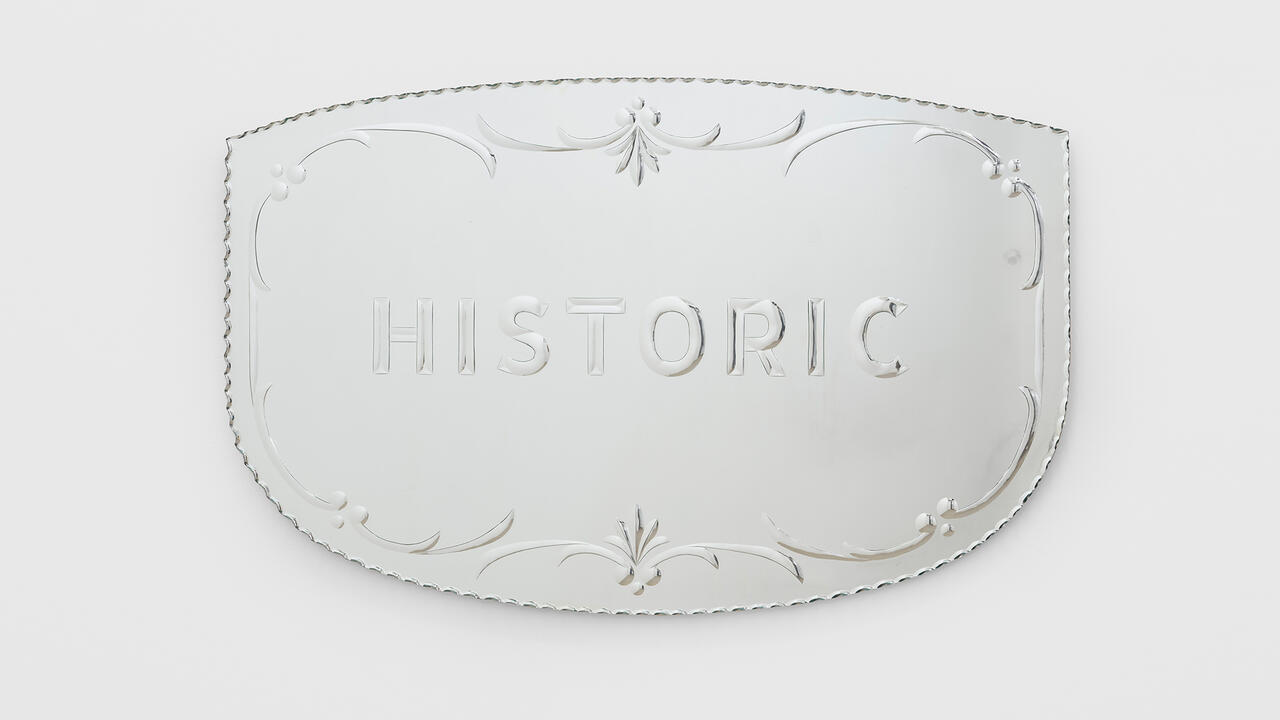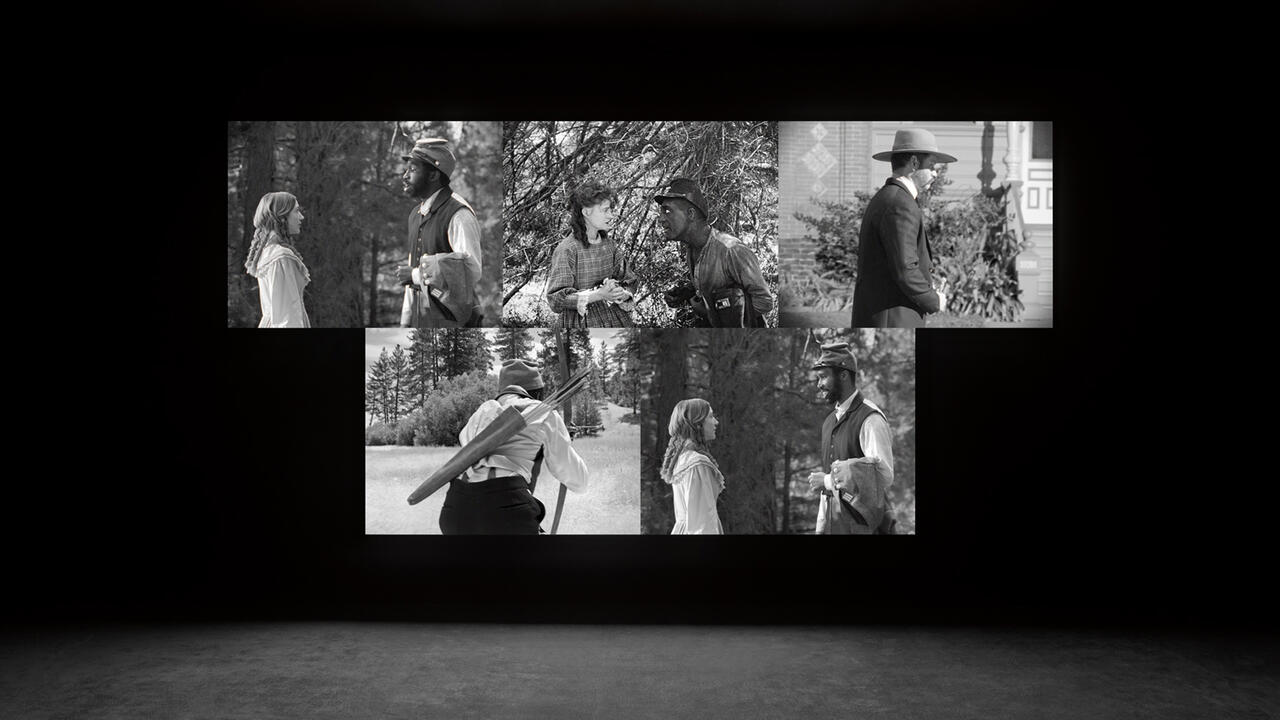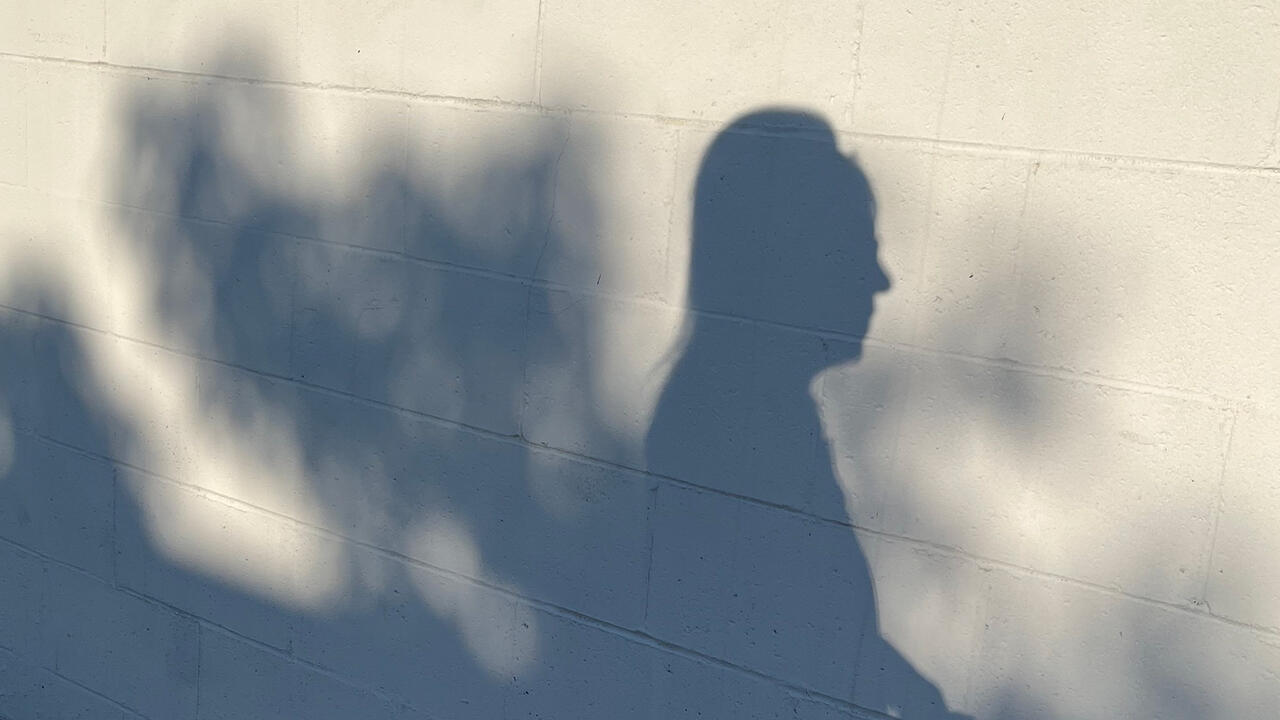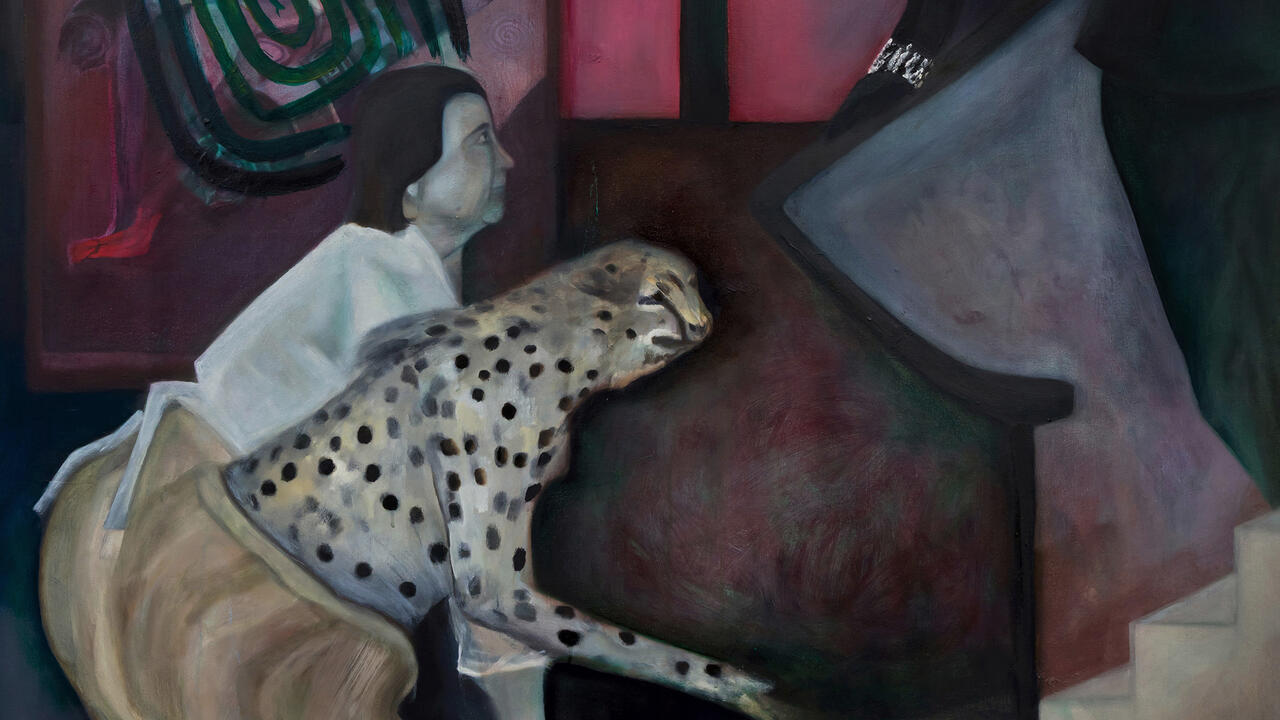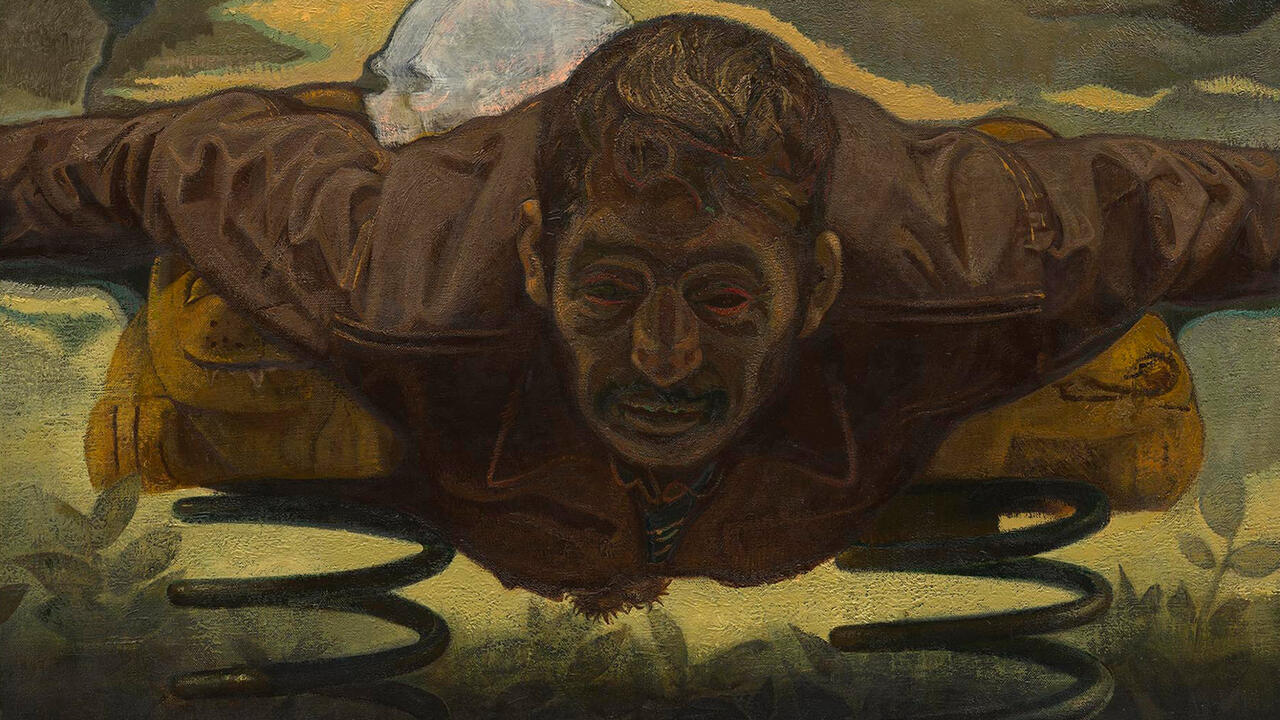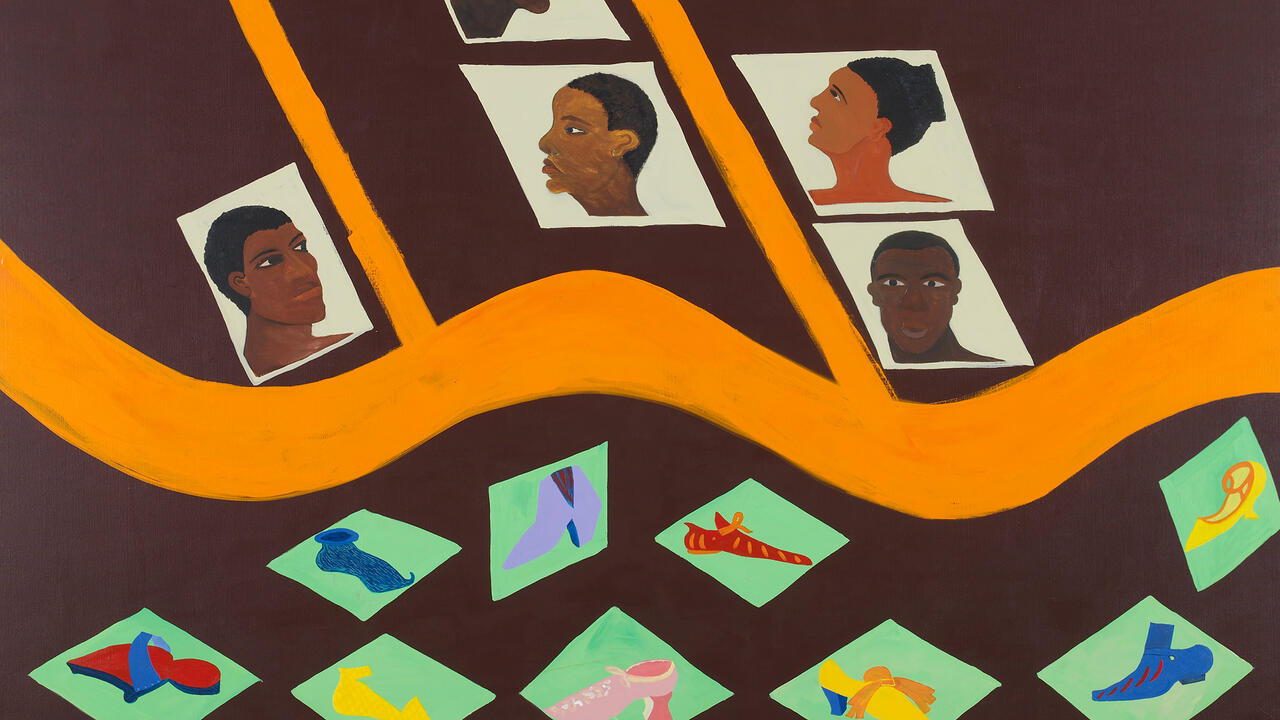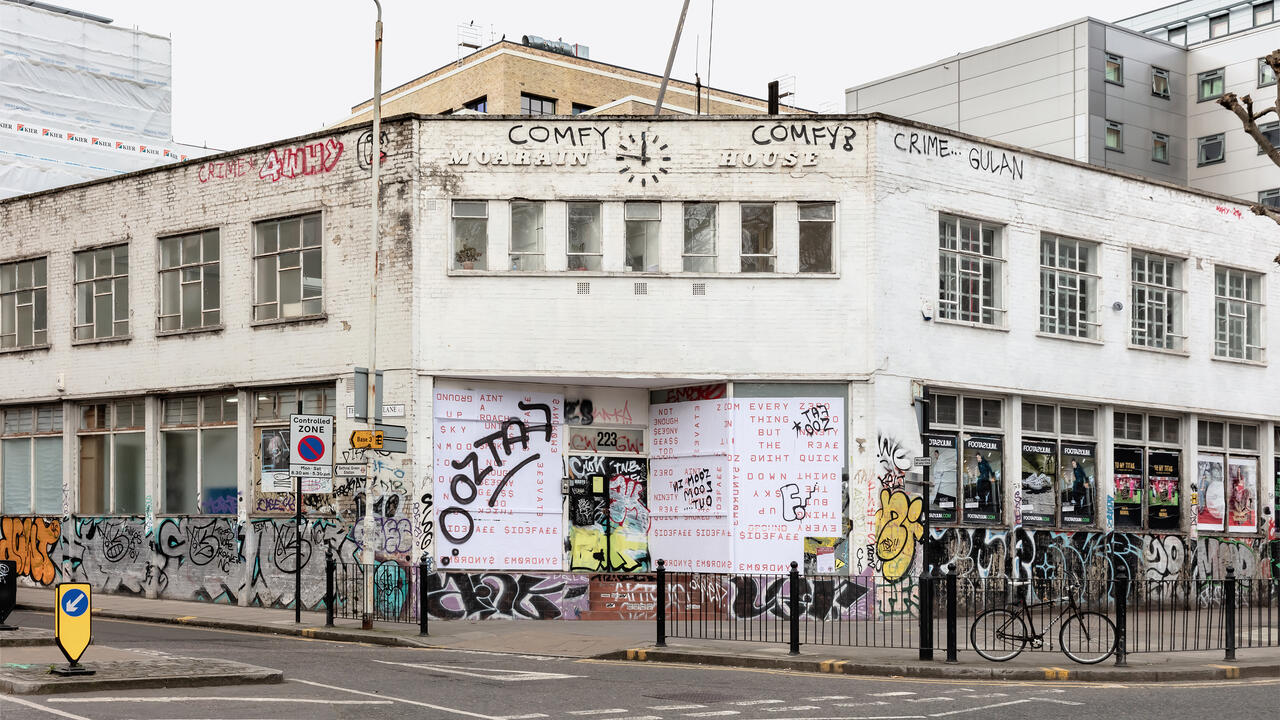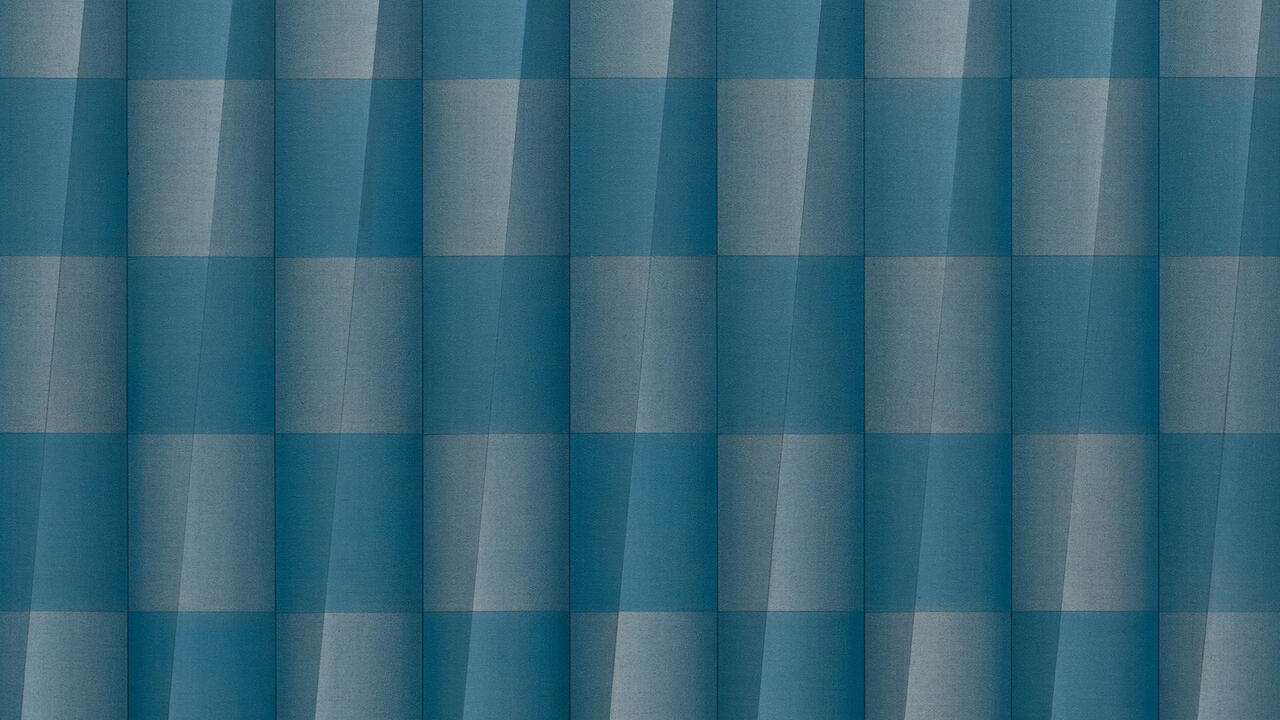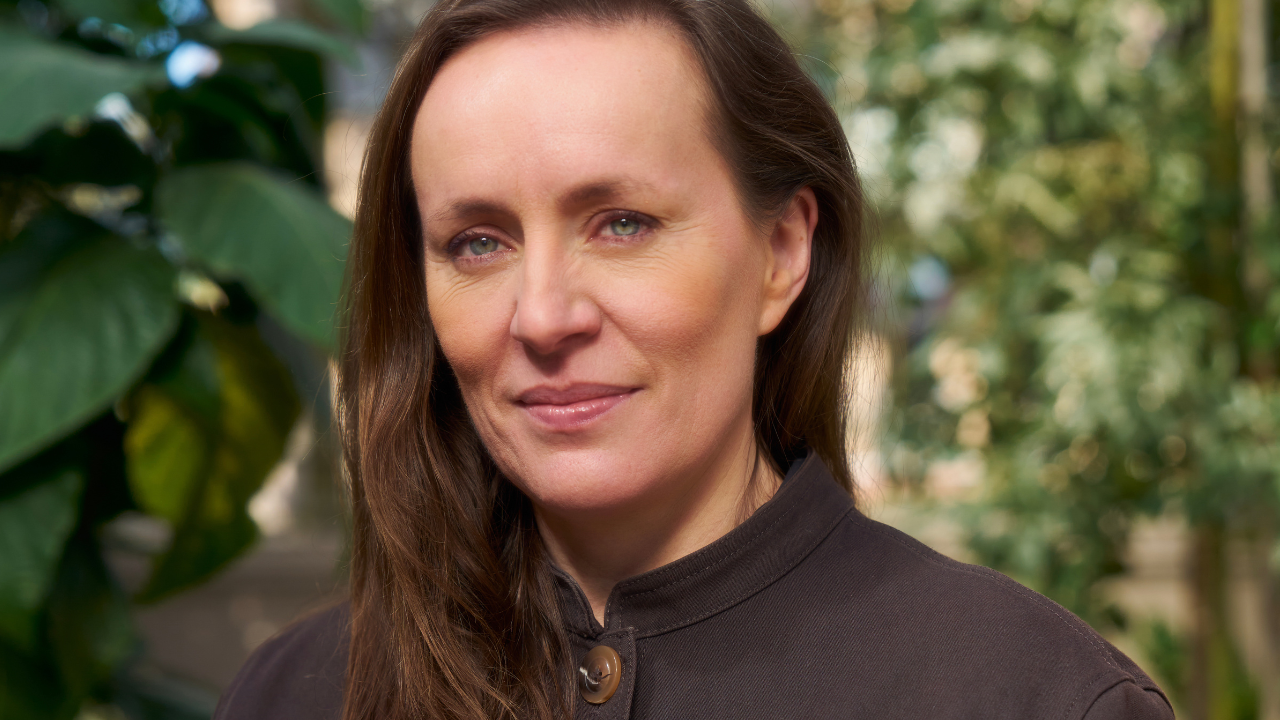All Bar None
An interview with Rosie Hastings and Hannah Quinlan about their project, UK Gaybar Directory
An interview with Rosie Hastings and Hannah Quinlan about their project, UK Gaybar Directory

Collaborative duo Rosie Hastings and Hannah Quinlan have spent the past nine months constructing a filmed archive of gay bars across the UK. Currently showing as part of the exhibition ‘Utopian Voices Here & Now’ at Somerset House, UK Gaybar Directory (2016) is an archive of these spaces, raising important questions concerning the LGBTQ community, both past and present.
Hatty Nestor The UK Gaybar Directory is a project where you collaboratively filmed 170 gay bars across the UK. What drove you to archive these spaces?
Rosie Hastings & Hannah Quinlan The project started in November 2015, shortly after Somerset House commissioned us to start the archive. We had already been filming gay bars, but the idea for the archive came as a response to the rampant gentrification of the gay scene in London, and the closure of many historic and popular venues. There was a sense of urgency, that if we didn’t document these bars they would vanish into the chasm of unmarked history and be discarded as non-influential, out-dated spaces. We are drawn to gay bars as spaces for communities to congregate visibly, and their relationship to the civil rights movement and direct action. There is a level of self-awareness present in gay bars that is absent in heterosexual spaces, where information concerning mental health, safe sex and addiction is circulated, demonstrating that LGBTQ services can provide the services our government doesn’t. The commission gave us the opportunity to create a queer archive. To disrupt the narratives that we were simultaneously historicizing, working through the social, political and historical aspects of gay bars.

HN Whilst travelling around the UK you collected different objects, leaflets and memorabilia from the bars, which are presented in the exhibition as the piece Scarcity of Liberty (2016). Amongst these objects is the men’s magazine Attitude. Can you talk about it?
RH & HQ In the initial stages of this project we purchased a collection of Attitude from the early 1990s. These editions of the UK mainstream gay magazine were being published at the tail end of the AIDS crisis. They focused on the white, young, hairless, healthy male body, creating a toxic model for what a queer body looks like. Through its content Attitude made apparent its commitment to masculinity and a lack of care for inclusivity, something that is universal throughout mainstream gay culture. It’s an agenda that we were frequently confronted with in the bars.
HN Was your intention to disrupt Attitude magazine as an archive? Did including this material feel equally as important as a contemporary critique of gay bars?
RH & HQ Yes, we destroyed it as an archive, it can no longer function as one. We ripped the covers off, and mixed up their chronological order. We reinvented it as an example of our fury and rage at the scene and its shortcomings as a magazine.
HN You use mainstream pop music in the video piece, UK Gaybar Directory (2016). Does the music relate to the gay bars you encountered outside of London?

RH & HQ For the music we collected field recordings from the bars and also recorded samples of the music that played in each venue. We also inserted sounds from the natural world: glaciers melting, super storms and forest fires. We produced the music to create a highly emotive and visceral sensation – ultra-recognizable songs that draw the viewer into the empty spaces of the bars. We wanted to implicate the viewer by manipulating their sense of the past, present and future. These videos make apparent the nuanced temporalities of the gay bar: on the one hand they are incredibly nostalgic, on the other hand they are futuristic spaces, presenting an idea of a utopia that in the present moment they simultaneously fall short of.
HN The metal sculpture Attitude (2016) overlooks the exhibition, and appears much like a motif. Does this work reflect community relationships you experienced whilst filming?
RH & HQ Attitude shows the LGBTQ motif of a rainbow flag. It is intended to mimic the sculptural language of a community centre, be it a library, a hospital or a primary school. We were attempting to communicate the public image of LGBTQ culture, its front or facade – this need to appear acceptable and the desire for a false optimism that erases our history and cultural identity.
HN Does exposing this false optimism, and questioning LGBTQ culture’s relationship to institutions, link to other elements of your practice? Or was this an issue that arose whilst documenting the LGBTQ scene in this project?
RH & HQ Since the AIDS years the LGBTQ movement has focused on constructing an acceptable front in order to assimilate into the institutions that continue to oppress us. These include the police, the military, the state and big businesses. Showing this project in institutions such as Somerset House we are expected to operate within this contradiction, of complicity and critique.
HN Viewing UK Gaybar Directory, it is unclear where the spaces are. Was it a conscious choice to keep their addresses and locations hidden?

RH & HQ Showing the UK Gaybar Directory within an art context allowed the space to operate from the periphery of what could be considered an archive, to expand its context and field of references using audio and installation. The reality of filming was that we consistently had to seek permission to enter male centred or male only spaces, and were often denied access. In a sense it’s not an archive of the UK gay bar scene, it is a documentation of the spaces two white and presumed female identified people were allowed to inhabit. The necessity of providing empirical documentation was secondary, as we were more concerned with communicating the complicated emotional space that is under threat both from internal and external pressures and failures.
HN Do you think the UK Gaybar Directory archive in the future will hold more weight because many of the spaces may no longer be functioning gay bars?
RH & HQ Definitely, in a generation’s time people will look at these spaces and find it hard to believe they existed. In the same way we will look at the labour union or the NHS and free education, and other localized support networks – the decline of these community services are all linked by the vicious cycles of gentrification and austerity. The erosion of public services has given way to the neo-liberal homogenization of our cultural landscape; its demand for one model that can accommodate for a larger spectrum of needs. The idea that you could go to a space that is open 24/7 to have sex in public, take drugs or buy a £1 pint of beer will be completely alien. These are the spaces that are being taken away from us.
Rosie Hastings (1991) and Hannah Quinlan (1991) London and Newcastle are an artist duo living and working in London. Recent solo shows and projects include: ‘Gentrification’, presented by Daata Editions and Zuecca projects for the 15th Venice Architectural Biennale, Venice (2016), ‘How to Survive a Flood’, David Roberts Art Foundation, London (2016), ‘If these Fossils Could Talk They Would Tell You Who Got Fucked and Who Didn’t’ (2015) Room E10-27, Paris (2015), ‘Cruising Extinction’, Oslo 10, Basel (2015) & ‘Tifkas’, Arcadia Missa, London (2015).









